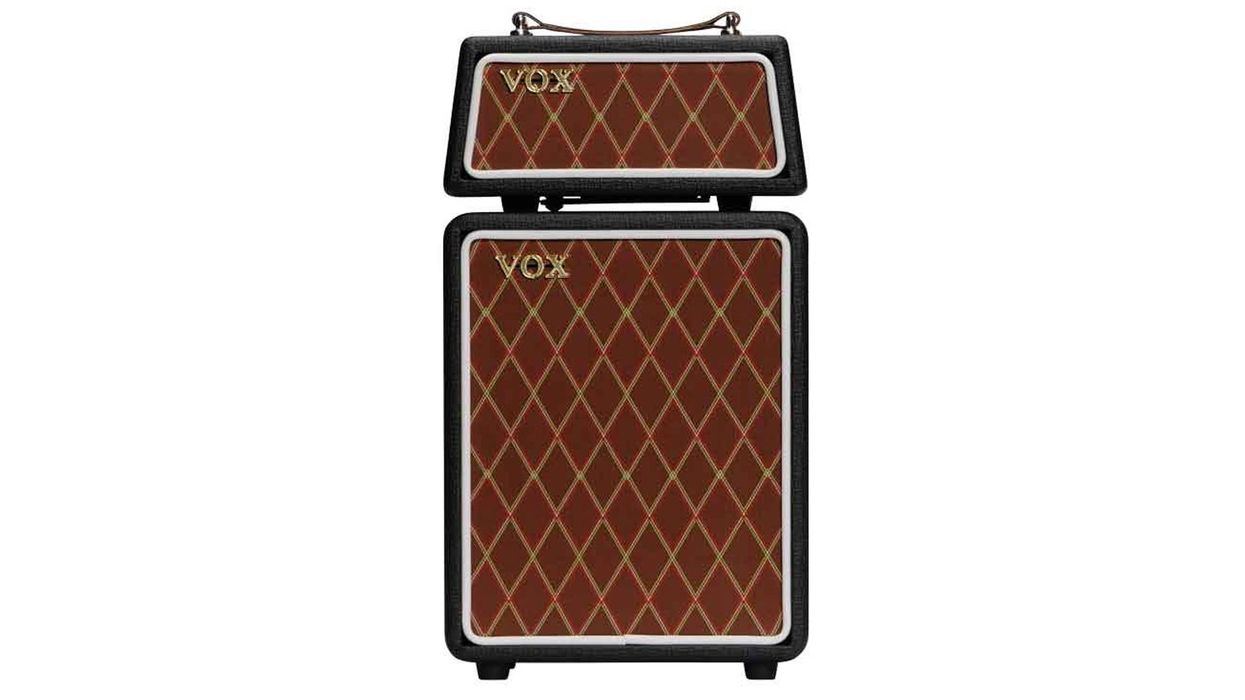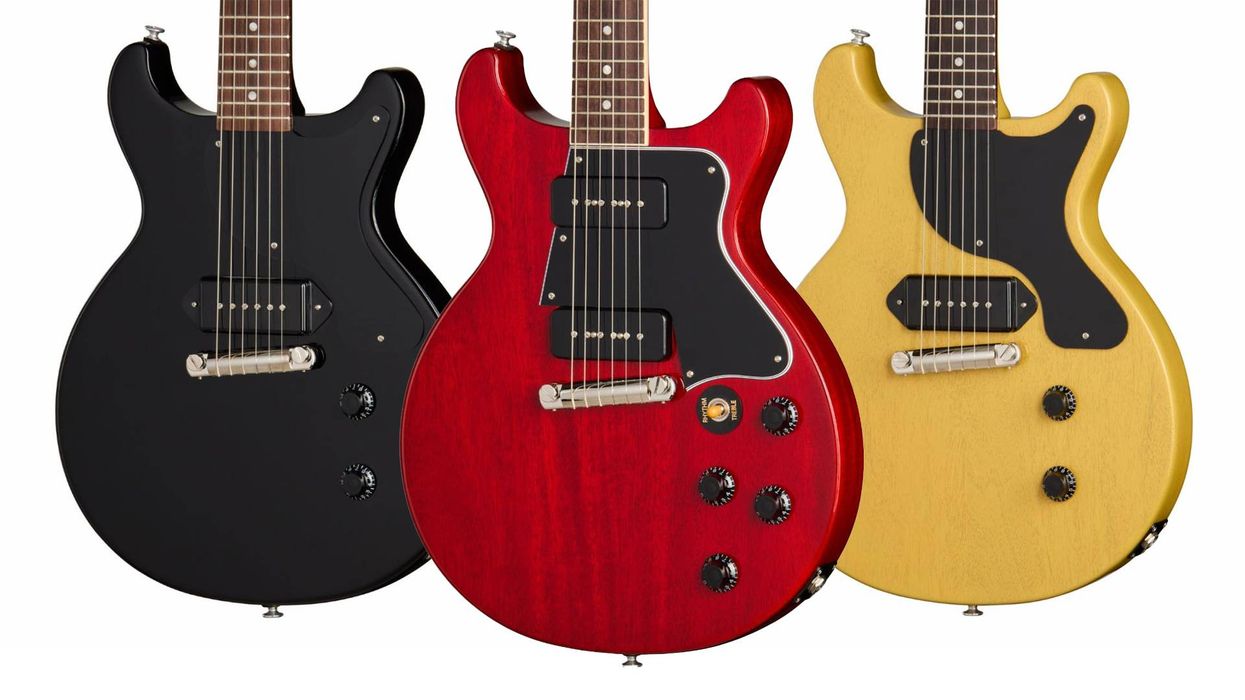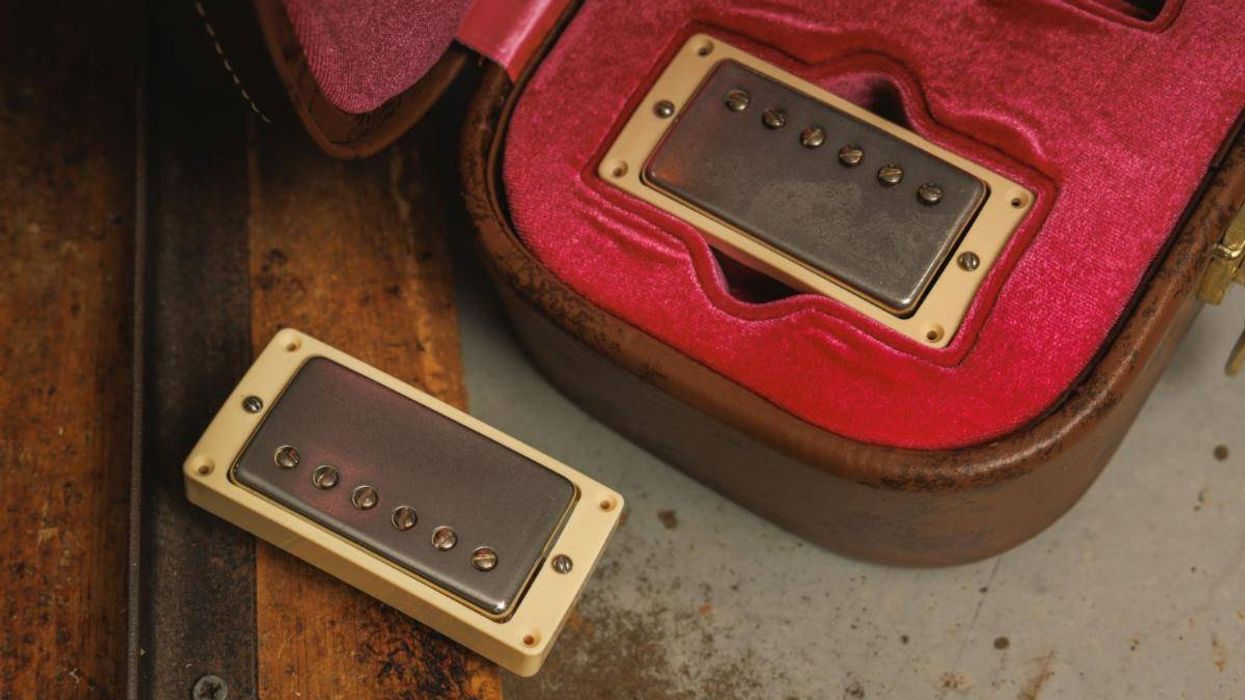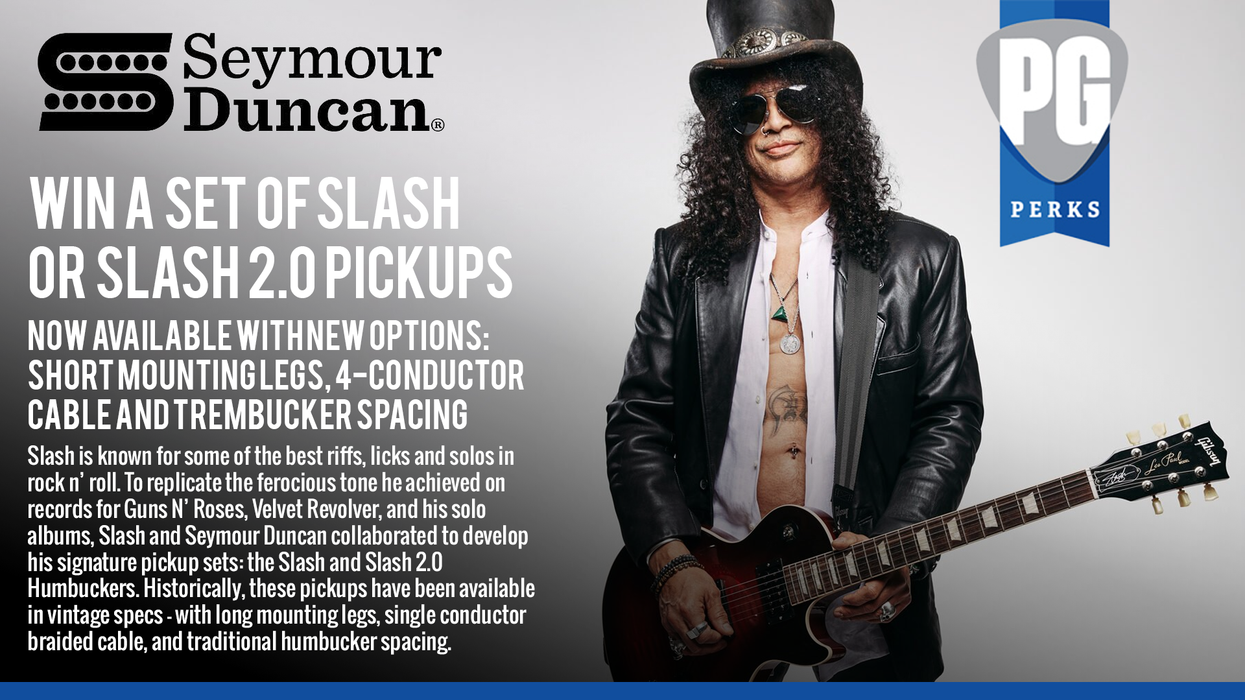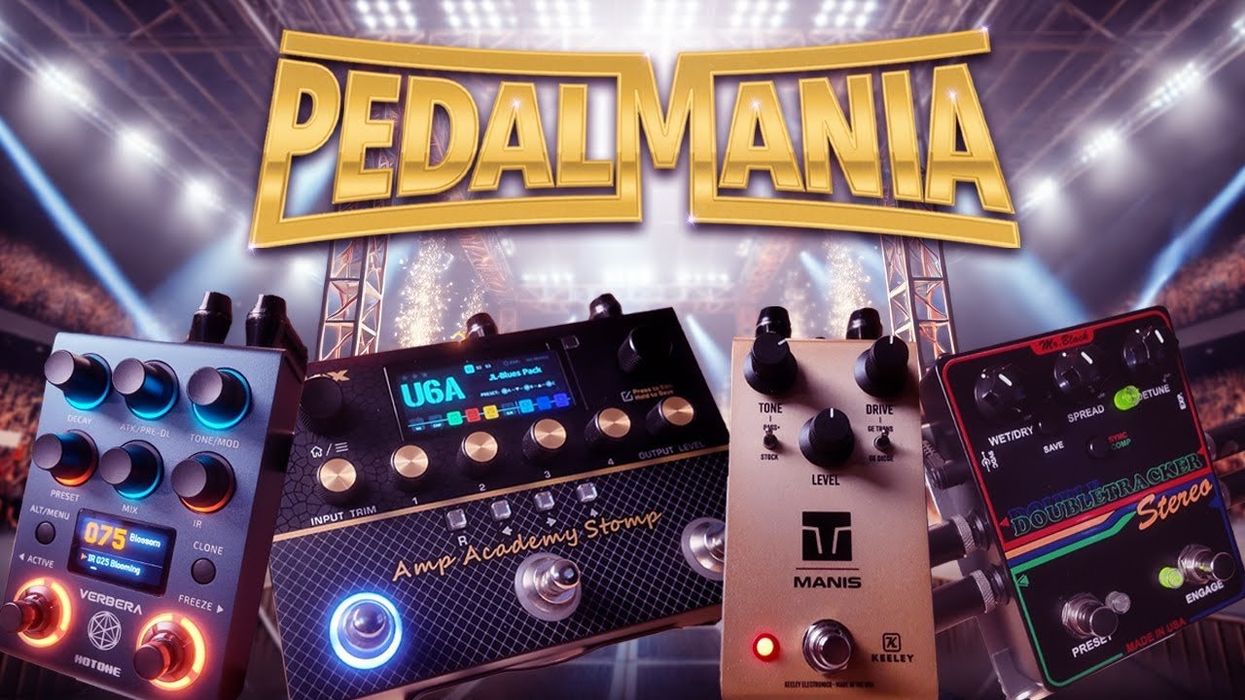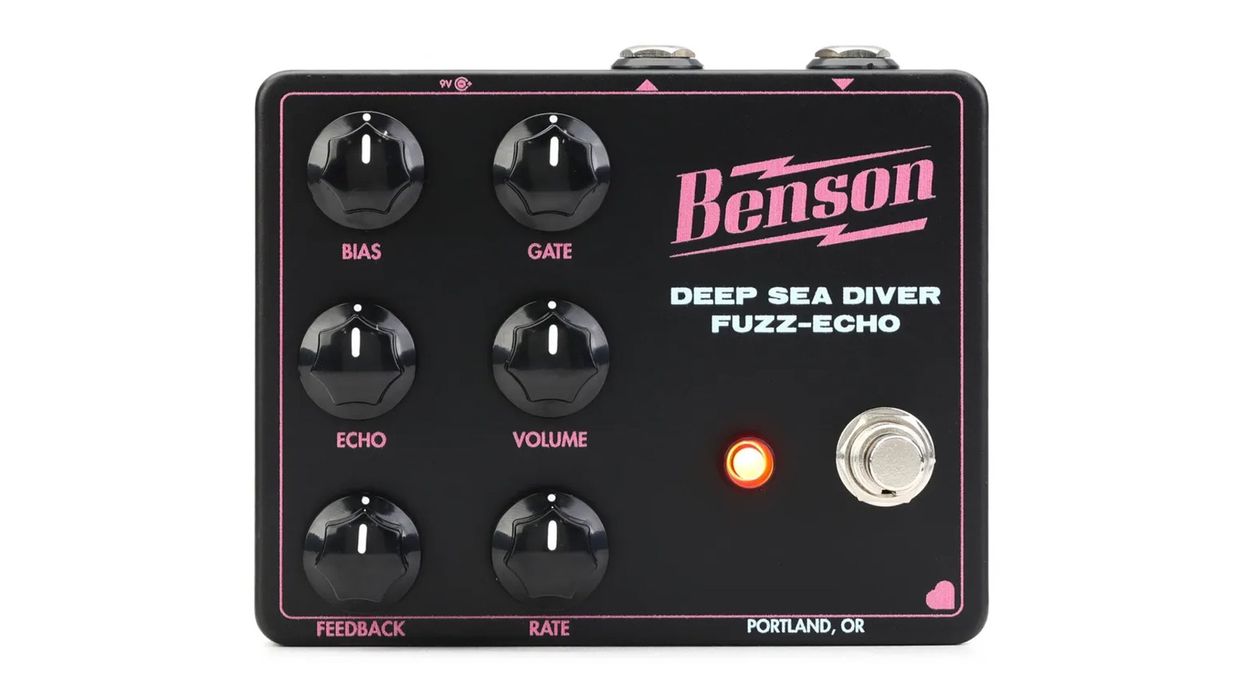Spaceman effects tend to be cherished, treasured, and, in some cases, driven to insane resale market prices because they reliably sound fantastic. But Spaceman pedals are also rare creatures. And even its most popular pedals tend to come and go—often disappearing before real players can beat collectors to the punch. The analog, 6-stage optical Explorer phaser, however, is the unusual Spaceman pedal that is reappearing in the wild after a hiatus. It returns in a more compact enclosure. But this time out the Explorer offers access to six additional waveforms that build on an already expansive modulation vocabulary.
Not So Simply Red
I love one-knob phasers. They are a sure-fire means to mindless fun, and one less thing to worry about when drifting off amid some psychedelic-jam reverie. That mindlessness comes at a cost, of course. A classic Small Stone or Phase 90 tends to sound just like it’s supposed to and little more. So while you can extract everything from rotary speaker sounds to staccato pitch shifting with such a circuit, they’re usually imprinted with a specific voice and phase coloration—what you hear is what you get.
The Explorer brushes aside those constraints in very cool fashion. For starters, the mix control helps you render the phase effect nearly subliminal. That enables you to use pretty extreme phase voices in low-key ways—a beautiful means to apply the effect to add motion in a spare mix. The Explorer also comes with an output volume control. This means you can overcome any perceived volume loss when using intense waveforms. But it also gives your signal a slight—and slightly dirty—bump even when the effect mix is low. The volume gives you options in that direction, too. And although there probably won’t be hordes of players dying to use the Explorer at less than unity gain, the ability to do so opens up interesting arrangement possibilities in which you can move from straight-ahead clean passages to quieter effected chapters in a song without missing a beat. It also gives you a means to mate the Explorer more easily to an unruly or unpredictable fuzz.
The Explorer’s wave-shaping options are abundant and powerful. The rate control generally falls in line with most classic analog phasers in terms of range—moving from molasses sweeps to insectile stutters. Resonance, of course, adds vowelly emphasis to the waveforms. Its effect is strong enough that I tended to leave it in a modest 8 to 10 o’clock range. But it can also help put a phase over the top in a crowded effects mix and help add rhythmic emphasis. The Explorer’s range control is, perhaps, the hidden gem. There’s nothing magical about it. It’s essentially a filter that enables you to thin out or add a low-end bump to the signal. But the extra low end can be a beautiful sweetening agent with slower phase rates (which get chewier and dreamier with more low end) and gives you extra wiggle room for tailoring the Explorer to different guitars, amps, and effects in your chain.
The extra low end can be a beautiful sweetening agent with slower phase rates.
Crest-to-Trough Awesome
The Explorer isn’t the only contemporary phaser with the option for multiple waveforms. But there is something about the essential sweetness and clarity of its voice that makes the differences among these wave types feel more distinct. The sine wave is smooth-snaky and sounds dreamy at slow rates and sitting low in the wet/dry mix. Ramp-up and ramp-down waves have a pronounced “reset” pulse at the peak of each wave that tends to reinforce certain rhythm-based approaches. Triangle generates pretty, precise, and steady heartbeat pulses that make lots of room for picking detail at dryer mix levels, but it also sounds awesome at more stroboscopic rates and higher intensities. The square wave at a 50-precent rate and with a healthy heap of low end from the range control is another favorite—and with the resonance just right, you can get a very bubbly auto-wah effect. The alternate phase patterns, which are accessed by powering up while holding down the footswitch, are all worth investigating as well. And the arpeggiated phases, in particular, are especially cool—lending textures that evoke everything from bouncing ball bearings to tinkling glockenspiels.
The Verdict
The Explorer often distinguishes itself by living at a cool intersection of organic and mechanical precision pulses and sounds. But the abundant tone-shaping options mean you can fine tune these tone crossovers like a surgeon. It’s fun, too. The right sound rarely feels out of reach or impossible on the Explorer, so the search seldom feels like work. For anyone that has suffered the limitations of 1-knob phasers but been intimidated by more complex alternatives, there are a lot of cool compromises here. The Explorer is expensive. But it’s a high-quality U.S.-made pedal that reflects a lot of thought and experience. It may just tempt you to sell the rest of the phasers in your collection, too—a smart, constructive way to offset the cost, if you ask me.








